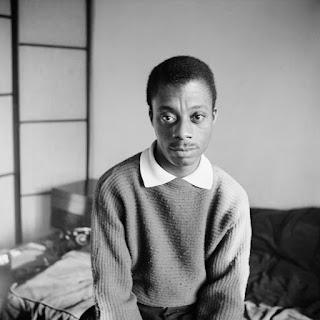Music of the Harlem Renaissance

This site, my course, this section, would be remiss without sharing with my students the music of the Harlem Renaissance. Music so powerfully identifies a generation, an age, and to hear the sounds of Dizzy Gillespie, Duke Ellington, Billie Holiday, Ella Fitzgerald, one is instantly swept back in time to the days of the Cotton Club. "Juke Joints" and nightclubs began to spring up throughout Harlem during the early days of the Renaissance and immediately became the haven for Harlem notables and nightlife. There a space was created to ignite the imaginations of Langston Hughes ("Dream Boogie," "Weary Blues,") and Claude McKay ("The Harlem Dancer") among many, many others eager to capture the zeitgeist of the day. Not surprisingly, the nightclubs and musical performers of Harlem would draw revelers from all around, including white folks eager to soak up the culture of African American jazz and blues. Individuals like Carl Van Vechten would frequen...


